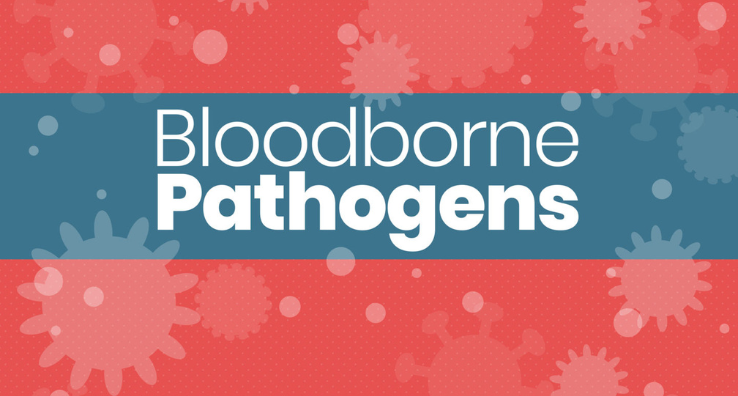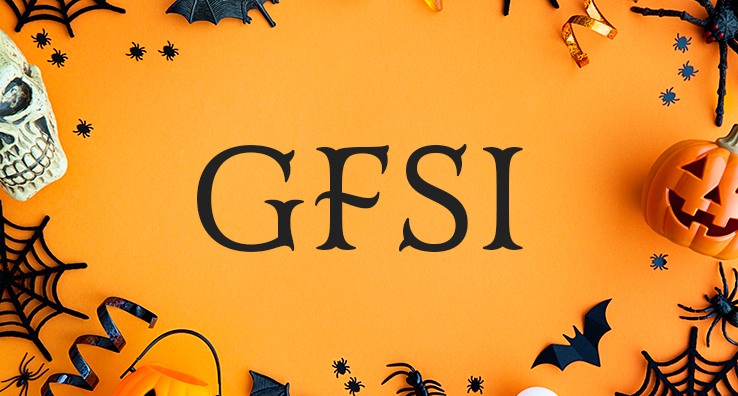SQF Code Edition 8: Ready or Not, Here It Comes!

The new SQF Codes for Edition 8 become effective on January 2, 2018, when SQF certified suppliers are expected to comply with these new requirements. There are some significant changes, including new required programs, and revised requirements for existing programs and plant conditions. Some suppliers might think they can wait up until their recertification audit date to update their SQF system; however, this is not recommended. Customers who expect you to maintain SQF certification will also expect compliance with the current requirements. These customers can perform their own audits or checks, prior to your official recertification audit. Non-conformances can lead to potential problems with customers — but this is easily avoided with proper preparation.
Five Steps to Ensure Readiness
1. Know Which Code and Modules Apply to your Operation
The first step is to know which Food Safety Code and modules apply to your operation. The new structure of the SQF Food Safety Codes are specific to industry: Manufacturing, Primary Production, Storage & Distribution, Packaging, and Retail. The Appendix within the SQF Food Sector categories defines which modules are applicable, depending on the product.
Companies previously certified at SQF Level 3, will need additional certification under the SQF Quality Code for equivalency. The Food Safety Fundamental Code is also available for companies establishing prerequisite program foundations. However, this certification alone is not GFSI benchmarked.
2. Raise Awareness and Competency with Training
The second step is to make sure you are familiar with new Code requirements. SQFI has done a great job making resources available on their website, including the SQF Codes, Change Summary, webinars, and YouTube videos. In addition, the updated Implementing SQF course, new SQF Quality course, and an SQF Edition 8 Conversion course are all available online at Alchemy Academy with more detailed information. Successfully completing these courses and exams is a great way to demonstrate competency to auditors.
3. Create the New Programs Required
Major new programs are required in Edition 8 and must be documented and implemented, with effective verification and validation performed after implementation. These include the SQF Practitioner Monthly Meetings with Senior Management, Food Fraud Vulnerability Assessment and Mitigation Plan, Product Changeover/Line Clearance Procedure, Environmental Monitoring Program, and Equipment Purchasing and Commissioning, among others.
4. Reassess Existing Programs and Plant Conditions
Many changes to existing programs and plant conditions must be made to ensure compliance. You can find these changes in the SQF Change Summary Document. A few examples include Internal Audit GMP/Facility Inspections, Proficiency Testing for those performing certain product sampling testing, Food Defense Plan Challenge Test, Waste Management Control of inedible for animal food and trademarked materials, Chemical Concentration Testing, and others.
5. Complete a Gap Analysis
Last, it is recommended to complete an internal or third party Gap Assessment. This process should include a clause-by-clause verification of compliance, with each line item requirement in the applicable codes. This process will help ensure nothing is overlooked and create a corrective action road map process to bring you into compliance. Alchemy’s Professional Services expert consultants can complete SQF Gap Analysis and SQF Edition 8 Conversion projects to help facilitate your compliance if desired.
Final Thoughts
Hopefully, you are already prepared for Edition 8. Don’t wait until a month or two prior to your recertification audit to get ready. These changes are most important because they will enhance your food safety and quality systems, which will help reduce your risks of recalls or foodborne illness outbreaks. Compliance is just a requirement. Let’s move forward to make sure we are consistently producing safe quality foods for your consumers to enjoy!






